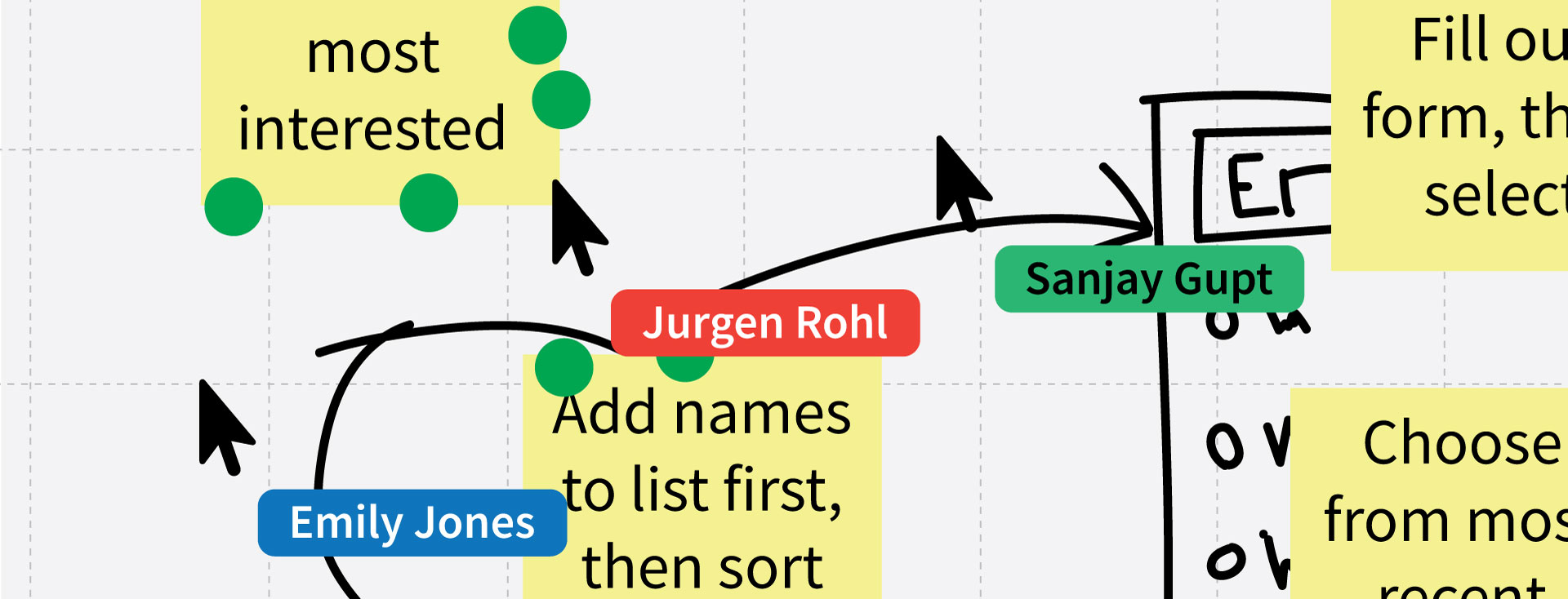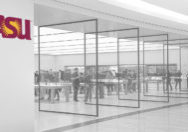Working remotely is scaling up. When will it come to your institution? It's probably already there – maybe it's time to study how it can improve everything you do.
I spent some time over the last couple of months participating in a global virtual design sprint. What is a global virtual design sprint? Well, it helps to know what a design sprint is – I've written about them and conducted a few (and you'll be hearing more about them from me in 2020) but the short answer is this: a design sprint is a short, concentrated team effort to solve a particular problem using a toolset specifically created for this purpose. It usually takes place over 3-5 days (not contiguous days as you may have heard, as it's very difficult to do this IRL) and involves 4-8 people plus a facilitator to move the process along in a highly structured way.
The key to sprinting is timeboxing: each task is given a specific amount of time and no more. This keeps the idle chatting and opinionating to a minimum.
The benefits can be enormous. The team can generate more ideas faster, then choose which idea is most promising, then prototype that idea, then test it with real users, all within about a week's time.
The global virtual design sprint (GVDS) I participated in is all of the above, but virtual. That is, the team was spread out over the entire planet. Participants came from the Americas, Europe, Africa, the Middle East, Asia, and Australia. On my team alone, three were from the US (in 3 timezones) 2 were from Australia, and one resided in Berlin.
What I took away from this experience was not that sprints are great and the framework has reinvigorated my design practice (that already happened). No, what I took away from this experience is that working remotely with people from anywhere and virtually any time is the future of work. I'm probably a bit late to this realization but it's worth exploring anew how remote work can transform your office environment:
Talent is everywhere
It's possible that your IT department already has staff or consultants that work remotely. Why? Probably because they have specialized skills and access to the network 24/7, so they can apply that skill anytime, from anywhere. But think: why should copywriting or content development be any different? Can writers write anywhere? Can web developers code anytime? Can your staff all be in Zoom or Bluejeans at 10 AM for a 30 minute check in and still work productively as a team? The evidence says yes.
Many people work best when they have autonomy
Do you bring work home to do at night? Or on weekends? That is an admission that work is done best when it adapts to your schedule rather than adapting to it.
9-5 is an artificial construct
Higher education has some structural issues that come into play: all of the institution's operations are typically housed in one general location, in one time zone, so it makes sense to adhere to a typical workday schedule. But right now, you likely have co-workers who commute more than an hour each way to be in an office together, but spend less than half an hour face to face during the day. The facts are that some people can be more productive if they can take their kids to school, then work solid from 10 AM - 4 PM, then again from 9 - 10:30 PM to finish up. Imagine going from 11 distracted hours per day devoted to their job to 7.5 focused hours.
But I can hear you (or your boss) say: how will we work together if everyone is in different locations?
Tools today have swept away the bias towards being in-person
Ten years ago working remotely was viable but difficult. Videoconferencing, chat, file sharing, and project management applications existed, but were immature. Email was still the preferred method of communication. No longer. During my virtual sprint over two weeks, the team worked synchronously on one virtual canvas in MURAL, while talking live in a Zoom video room, for a timeboxed 2 hours at a time, with built-in chat, and communicated asynchronously with Slack and Google Drive. Individuals were able to do their assigned work on their own time, then reply to a Doodle request to schedule upcoming Zoom/Mural sessions. Because we had an experienced facilitator, we were able to focus on the work in a few timeboxed sessions. What could have taken weeks of distractions, idle chatting, and hours of unproductive meetings was reduced to less than a full week's worth of time for each person.
So remote is here to stay, and will likely grow. Maybe it's time to pilot a trial for a day or a week.










